- Home
- Foot & Ankle Conditions
- Toenails Conditions
- Onychogryphosis (ram's horn nail)
Onychogryphosis (ram's horn nail)
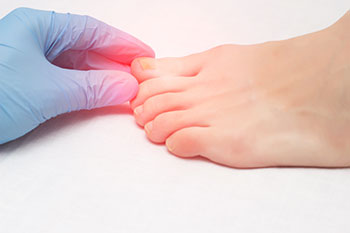
What is onychogryphosis?
A type of nail dystrophy, onychogryphosis is the rampant growth of the toenails — most often the big toe (great toenail). Also called ram’s horn nails, this condition occurs when one or more toenails grow considerably faster than the others. Onychogryphosis describes the claw-like hypertrophy and thickening of the nail plate.
The afflicted nail frequently exhibits discoloration and hardness. The condition is characterized by an opaque, yellow-brown nail plate with elongation and increased curvature. Sometimes, the nail growth curves back into the skin and causes an ingrown toenail.
- What are the causes of onychogryphosis?
- Who is most at risk of developing onychogryphosis?
- Does toenail fungal infection cause onychogryphosis?
- What is the differential diagnosis for onychogryphosis?
- What is the treatment for onychogryphosis?
- What are surgical treatments for onychogryphosis?
- What is the outcome of onychogryphosis treatment?
- Can you prevent onychogryphosis?
- Why trust UFAI for your onychogryphosis treatment?
-
Dr. Gina Nalbandian specializes in reconstructive and revisional foot and ankle surgery, foot and ankle trauma, sports medicine, lapiplasty, and limb salvage.
While an undergrad, Gina volunteered at free clinics, hospitals and with the AIDS Project in Los Angeles, all the while exploring various careers in medicine. She also conducted and published her research in the lab on campus. “I soon found out that the lab life wasn’t for me, and I wanted a more hands-on approach to medicine,” she says.
Dr. Nalbandian did her residency at St. Elizabeth’s Medical Center in Boston, which is affiliated with Tufts University. As a resident, she served an academic coordinator and chief resident.
A resident of Sherman Oaks, Gina continues to volunteer her expertise with the Special Olympics, Happy Feet (providing foot care at homeless shelters), and the Boston Marathon.
 This updated review is for the Physical Therapy Dept. only.
This updated review is for the Physical Therapy Dept. only.
I had my first appointment with them yesterday. I found Gray & his ...Linda K. Great experience. Great communication. Great direction for my care. Very happy I chose to go with this particular doctor and o...Christopher R.
Great experience. Great communication. Great direction for my care. Very happy I chose to go with this particular doctor and o...Christopher R. Great service and care. Highly recommend Dr. Franson.David B.
Great service and care. Highly recommend Dr. Franson.David B. If you have to go see a Doctor than this is a great experience.Frank M.
If you have to go see a Doctor than this is a great experience.Frank M. My doctor was great. Really greatRudolph B.
My doctor was great. Really greatRudolph B. Good.David E.
Good.David E. I highly recommend this place. They are full service with multiple doctors, X-ray and MRI, and physical therapy across the hal...Jessica L.
I highly recommend this place. They are full service with multiple doctors, X-ray and MRI, and physical therapy across the hal...Jessica L. What I appreciate about the consultation I had with
What I appreciate about the consultation I had with
Dr. Baravarian was his honesty and genuine concern for his patients. I hav...Julie D. Your Santa Barbara office and Dr. Johnson always give me excellent care!Jayne A.
Your Santa Barbara office and Dr. Johnson always give me excellent care!Jayne A. Dr. Gina Nalbadian was amazing!! I came in with an emergency foot situation and she had wonderful bedside manner and resolved m...Danielle C.
Dr. Gina Nalbadian was amazing!! I came in with an emergency foot situation and she had wonderful bedside manner and resolved m...Danielle C. I was frustrated that after 3 weeks I still hadn’t heard back about my PT referral status. And I did sit in a room for over 30 ...Sarah C.
I was frustrated that after 3 weeks I still hadn’t heard back about my PT referral status. And I did sit in a room for over 30 ...Sarah C. I’m very pleased with Dr. Kelman.Alan S.
I’m very pleased with Dr. Kelman.Alan S.
-
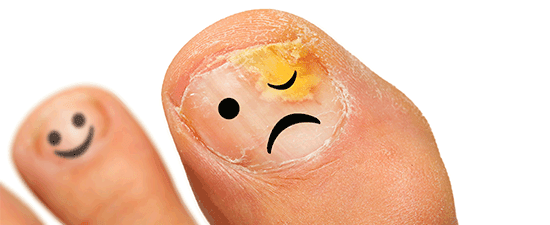 Listen Now
What To Do When Your Toenail Is Falling Off
Read More
Listen Now
What To Do When Your Toenail Is Falling Off
Read More
-
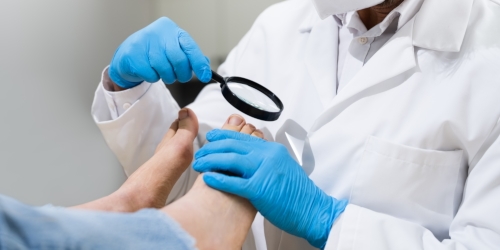 Listen Now
When to See a Doctor for an Ingrown Toenail
Read More
Listen Now
When to See a Doctor for an Ingrown Toenail
Read More
-
 Training for a Marathon? 4 ways to avoid foot pain
Read More
Training for a Marathon? 4 ways to avoid foot pain
Read More
-
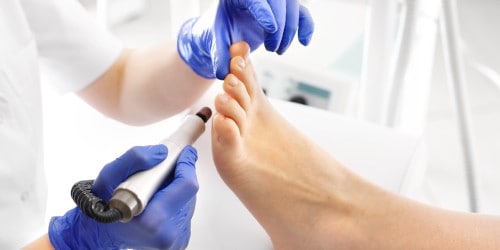 Listen Now
Medical Pedicures: What Are They and Do I Need One?
Read More
Listen Now
Medical Pedicures: What Are They and Do I Need One?
Read More
-
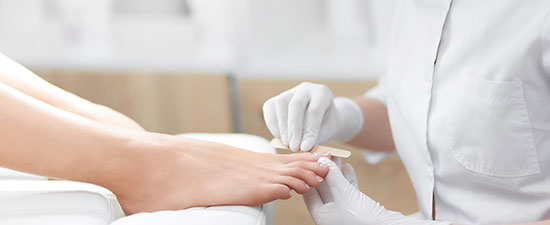 A Podiatrist Tells Us What to Look for (AND AVOID) when Getting a Pedicure
Read More
A Podiatrist Tells Us What to Look for (AND AVOID) when Getting a Pedicure
Read More
-
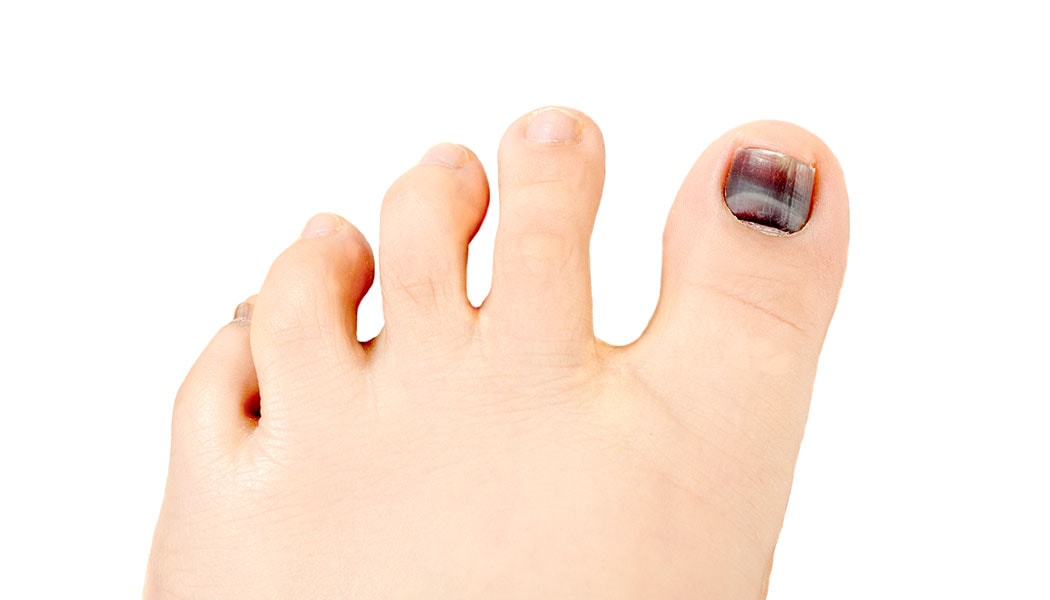 Listen Now
What Causes a Black Toenail? Should You Be Worried?
Read More
Listen Now
What Causes a Black Toenail? Should You Be Worried?
Read More
-
 Listen Now
Beat the 6 Most Common Walking Pains
Read More
Listen Now
Beat the 6 Most Common Walking Pains
Read More
-
 Foot Injuries in Kids: What to look for
Read More
Foot Injuries in Kids: What to look for
Read More
-
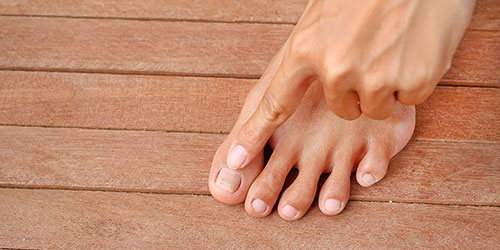 Listen Now
Paronychia: Treating and Avoiding Annoying Nail Infections
Read More
Listen Now
Paronychia: Treating and Avoiding Annoying Nail Infections
Read More
-
 Treating Athlete’s Foot with Garlic? Prepare to Be Burned, Literally!
Read More
Treating Athlete’s Foot with Garlic? Prepare to Be Burned, Literally!
Read More










